Children and the New Generations
For many years I have contemplated the issue of Children and the New Generations. When I was in Colorado, in the mid ‘70’s and early ‘80’s I remember being around children who were very comfortable with adults, able to talk about their school, friends, ideas and interests without being reduced to one syllable responses whenever an adult addressed them. They were interesting and interested. They liked being around other kids but seemed equally at ease around adults too. I also remember being impressed with their vocabulary, the way they expressed their thoughts and explained their ideas, likes and dislikes and their experiences at school.
Since I do not have children of my own, these interactions helped me to appreciate young people. Often I have wondered about how children and young adults are being brought up and educated today. How is their experience with public education the same or different than mine? How are they themselves different than my Boomer generation? My sense is that many young people are being put through a conventional education but have come into life with a very different sensibility of who they are and what they are here to learn and to do.
The Genius and Generosity of Youth
Kiara Nirghin
There are many stories in the news featuring brilliant young people who have achieved amazing things, like Kiara Nirghin, a Grade 11 pupil at St Martin’s School in Rosettenville, Johannesburg, who came up with a cost-effective way to address the scourge of drought in South Africa. In 2017 she invented a way to turn orange and avocado peels into a highly absorbent soil-ready water storage solution, with the hope that the low-cost material would help reduce waste material from juice manufacturing, while helping local farmers save both money and their crops. Kiara made the news again last year being chosen for the cover of Forbes magazine. However, I am not talking just about the exceptional ones whose genius would emerge under almost any conditions or set of circumstances.
Even more young people have made their mark through acts of generosity, compassion and acts of loving kindness. There was an article in CNN titled, “From Coding to Literacy, These Youth are Changing the Game” that illustrates my point *. Each of the students in this article have encountered a hardship which caused them to want to do something about it. The first young person is Campbell Remess. When he was nine years old when he told his mother that he wanted to buy Christmas presents for kids in a local hospital. His mother told him they couldn’t afford to do it, so he began making one of a kind teddy bears using her sewing machine. Now, four years later he auctions off his custom bears so he can sponsor children with cancer on “Kindness Cruises”. Today Campbell is still creating “Waves of Kindness” through projects and through his Project 365 website.
Sidney Keyes
Another example is Sidney Keyes, an 11-year-old with a love for reading. When he discovered that there were few books on offer in his local library that featured African American authors he started a book club called Books n Bro’s. The club now has fifty members between eight and twelve years old. He says that his motivation is simply the joy it brings to his book club members. ‘Because all the boys are having such a good time in my book club. I see all smiles on their faces. I really feel like I’;m making reading fun again.’
These are examples of young people who are exceptional only in that they have identified a problem, taken it on, and used whatever talents they had to apply a practical response to address it. To read the rest of the CNN article, click on this link: ttps://edition.cnn.com/2017/12/13/us/cnn-heroes-2017-young-wonders/index.html
CNN has continued this uplifting series since I first ran across this article in 2018. For the latest examples of youth contributing the greater good, click here. https://edition.cnn.com/specials/cnn-heroes
Brilliant Adults Can Open the Door
Kids growing up in today’s world of dire uncertainties also need adult role models. Recently, a friend sent a link in an e-mail to a YouTube film called, “Billions in Change” about the billionaire businessman, Manoj Bargava. What impresses me most about Manoj is his sense of purpose and dedication to the idea that if you see a problem and you can help, you have a duty to do so. Another admirable trait he has is his confidence in himself and his team to address global problems such as water shortages, food production and the energy needs in third world countries.
Manoj Bhargava.
This film “Billions in Change” and its sequel, “Billions in Change II” are worth watching as they demonstrate some of what is required by people who want to create solutions and contribute to solving some of the most pressing problems faced by millions every day. Here is the link to the first film: https://billionsinchange.com/ and its sequel: https://www.youtube.com/watch?v=UE8exLmcu-Y
To see what Manoj Bargava is doing currently you can access this article about him in the Global Indian News.
80,000 Hours supports career options that can make a difference.
Fortunately, these are not isolated efforts and there are resources for a young person to find a path to a career where altruism and job satisfaction come together. There is a website called 80,000 Hours created by two Oxford Professors of philosophy, Benjamin Todd and William MacAskill. They have begun an ongoing analysis of some of the most intractable human problems and they have identified career options a person can choose to make a difference in one or more of these areas. Their work is guided by the tenants of effective altruism, and it is a fascinating website, here is the link: 80,000 Hours.
Loving Kindness is the Key
My point in all of this is that the vision we have of healing the world and its people is already in a stage of rapid deployment. There are people, some mature and well into their professional lives and there are many young people who left their Playstations to address very real human problems. Our children and young people need to know more about the power of loving kindness and how practical altruism can be used to marry their concerns with their talents and turn them into efforts and even careers where they can make a difference.
Just as every individual has a “life problem” to solve in a particular incarnation, every generation has a challenge, or challenges that moves human consciousness further along on its path of growth and development. Many of us reading this article are probably Baby Boomers and history will determine if we adequately rose to our growth opportunities or not, but now I think it is time we turn our attention away from our all-consuming lives and problems and focus on our children, grandchildren and the coming generations.
In Conclusion
Children today are as cognizant about global climate change as my generation was about the danger of a nuclear war and fall-out. I believe that we need to give our children a different kind of educational foundation, one that equips them to think in terms of solving problems, large and small. More than ever, lessons in creative thinking, innovative problem solving and working in groups and teams will instill in young minds the confidence that they can make a difference and a better world to come. For them, survival will not come from power but from empowerment.
Young people need to understand that there are solutions to the world’s problems and that they can make a difference.





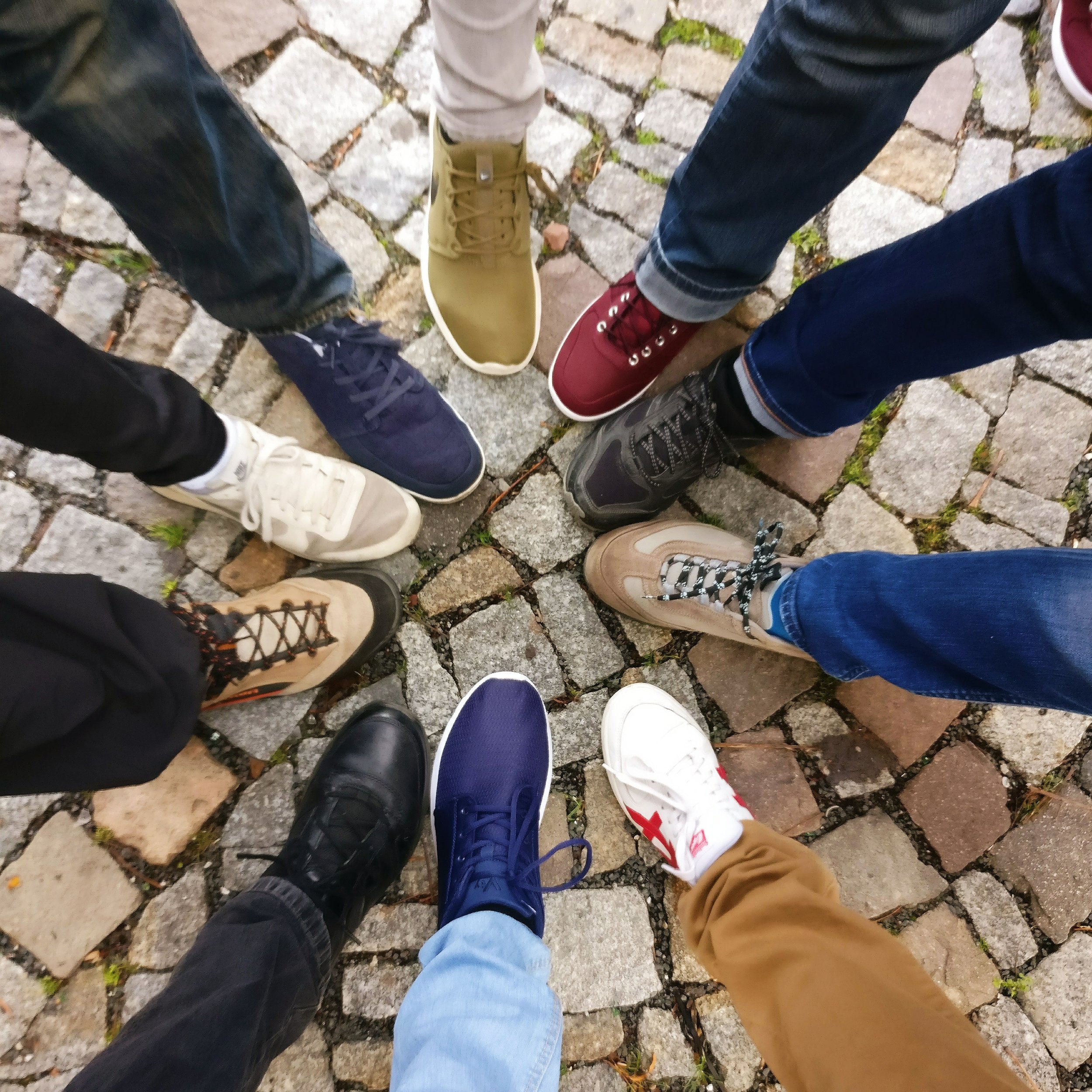
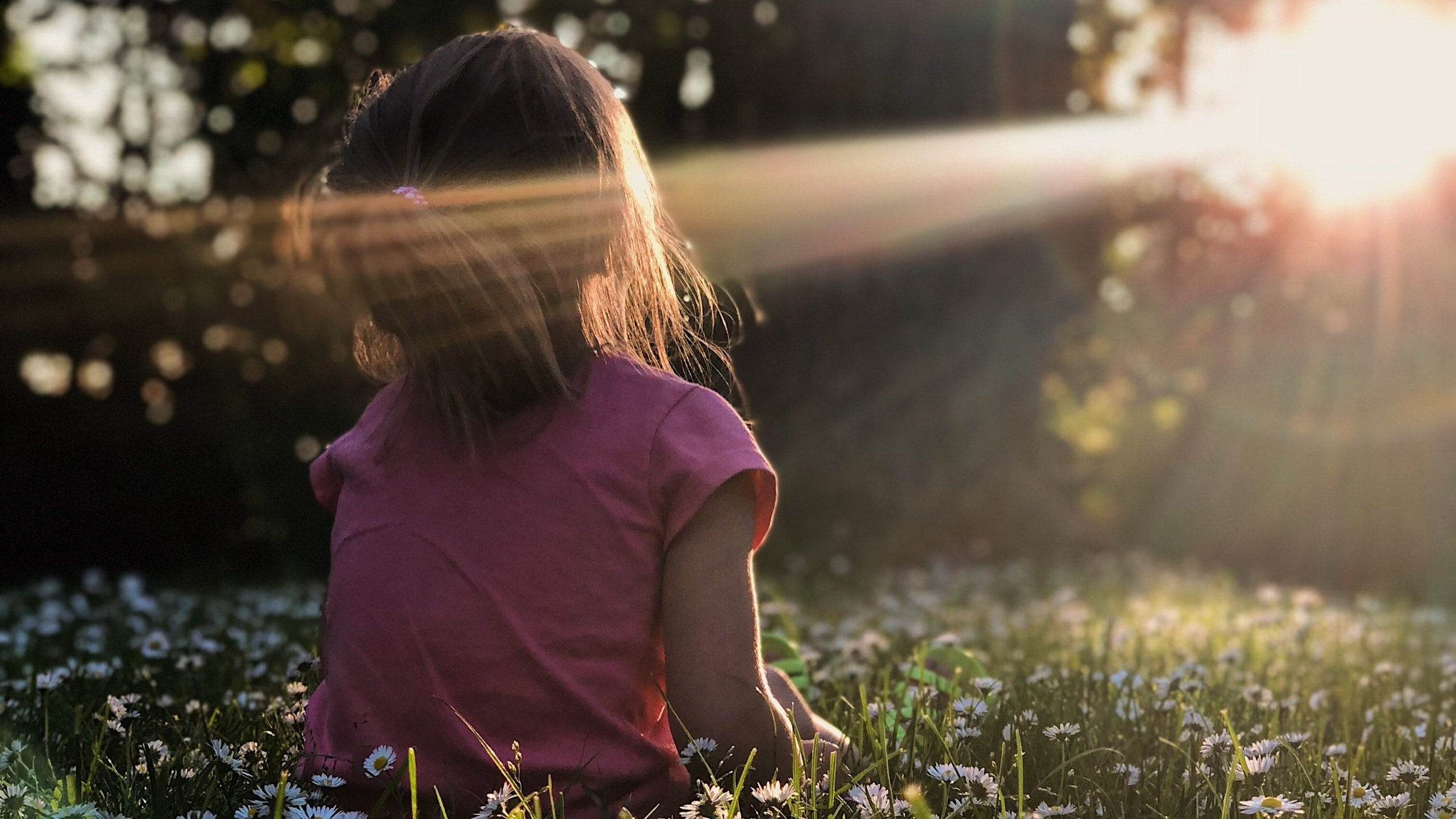

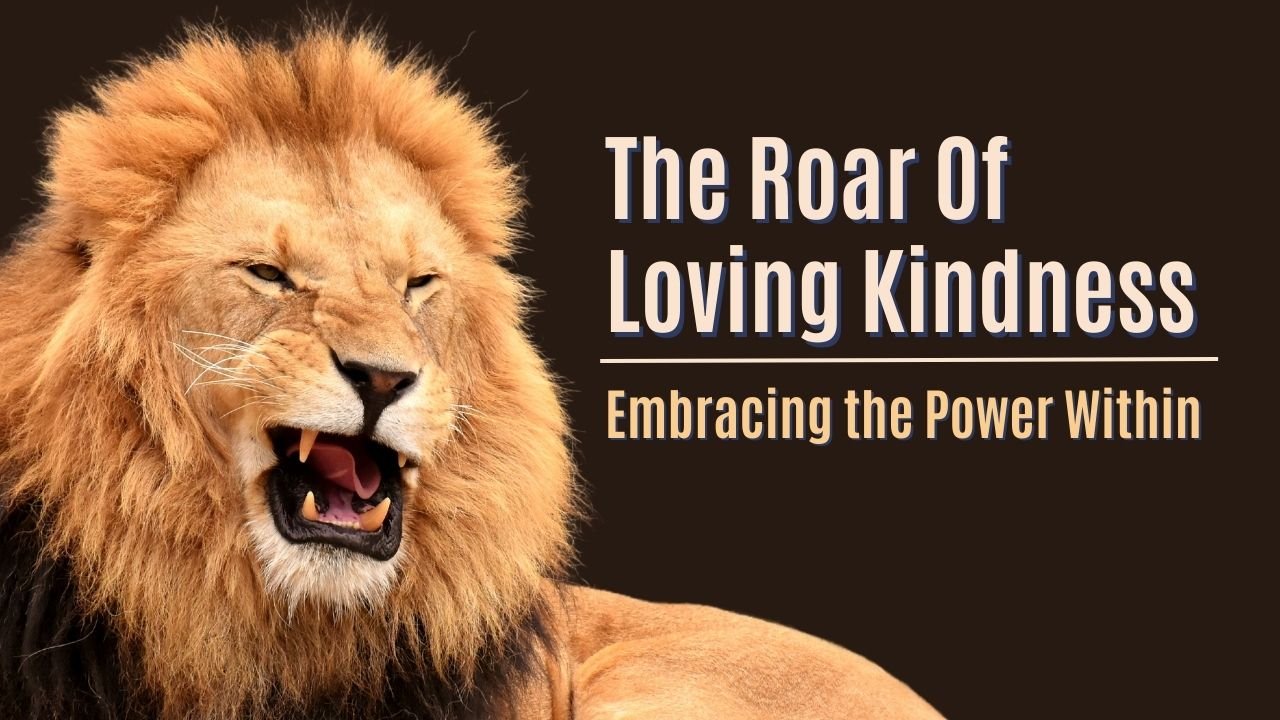
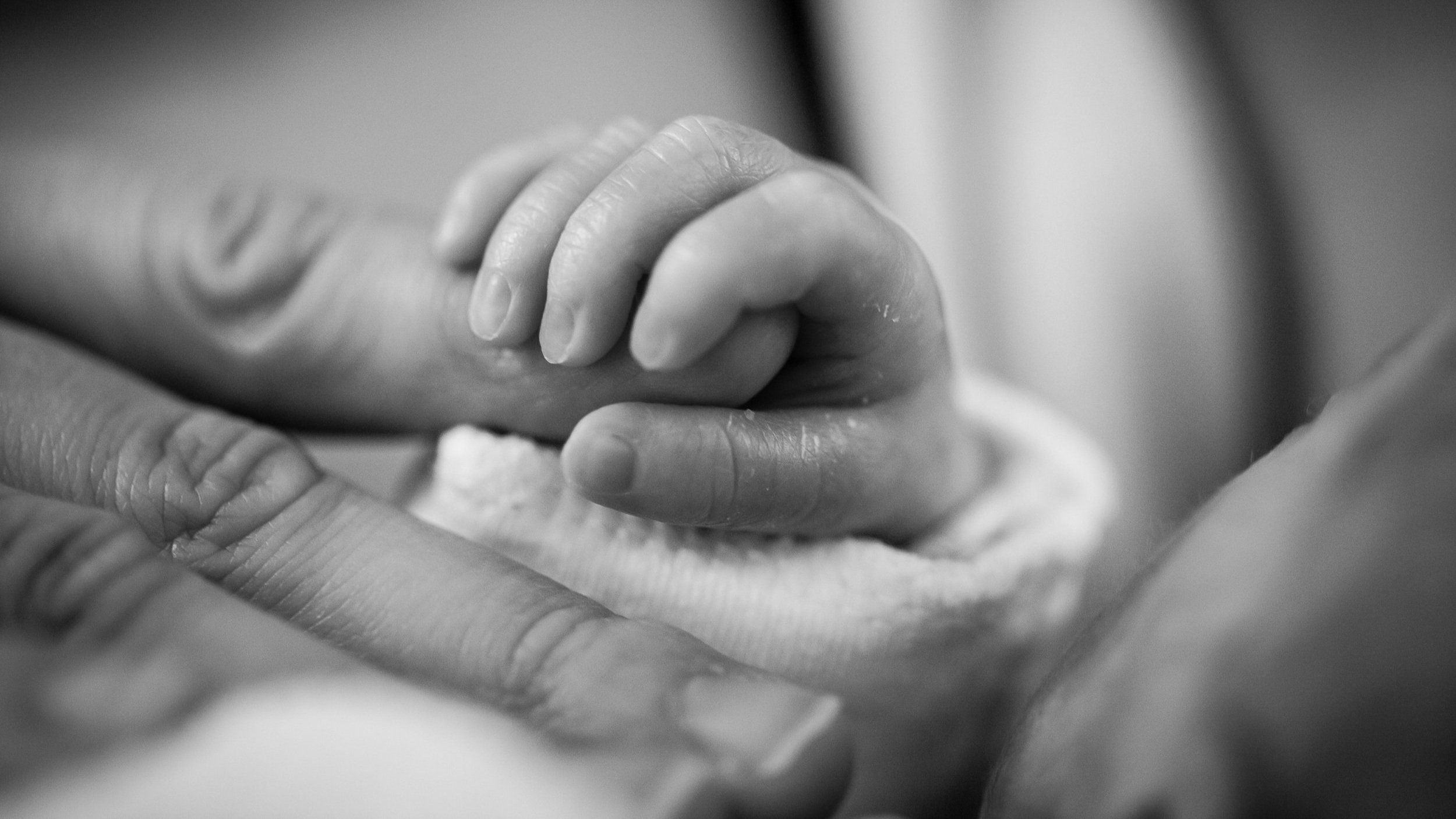
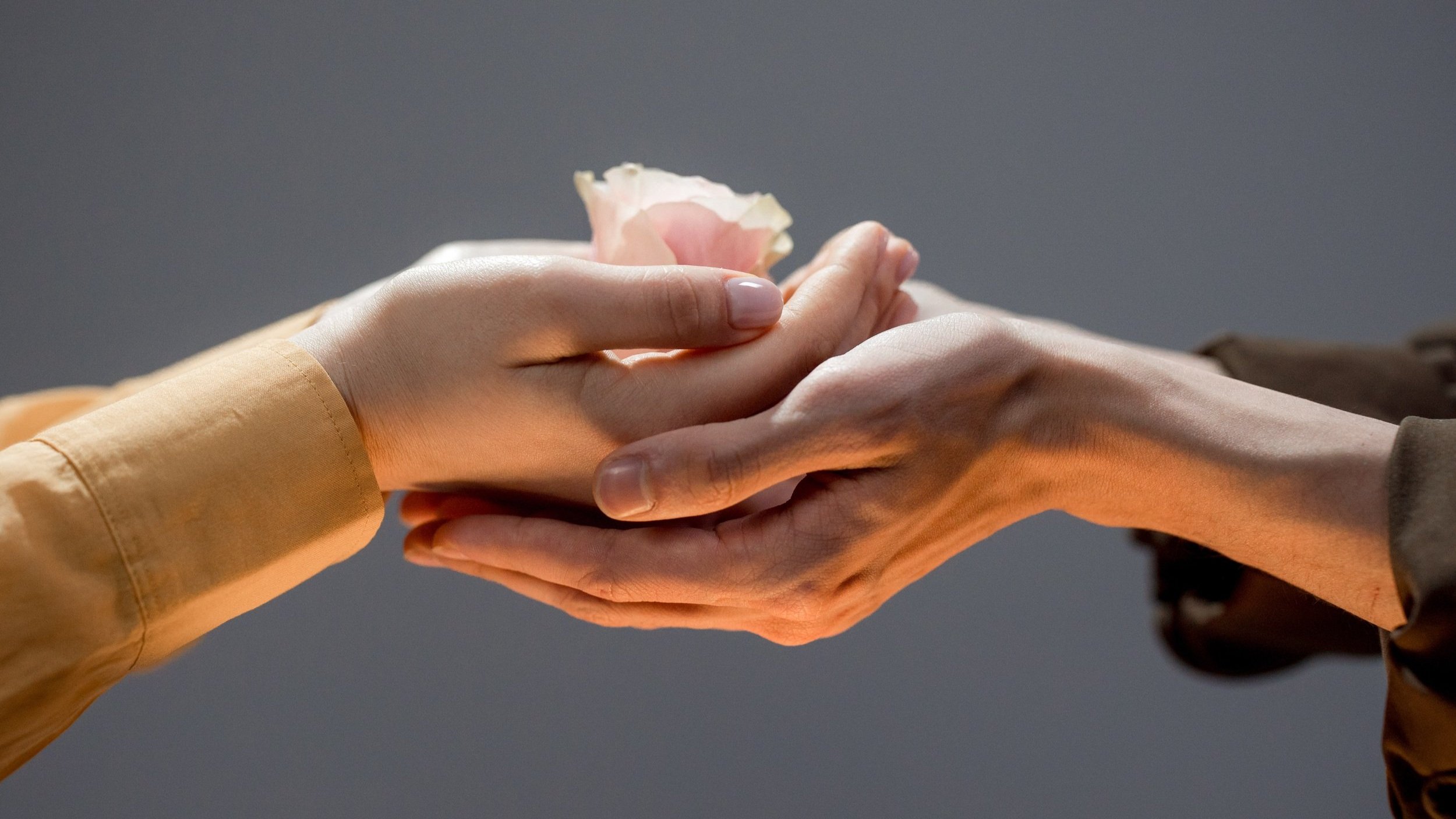
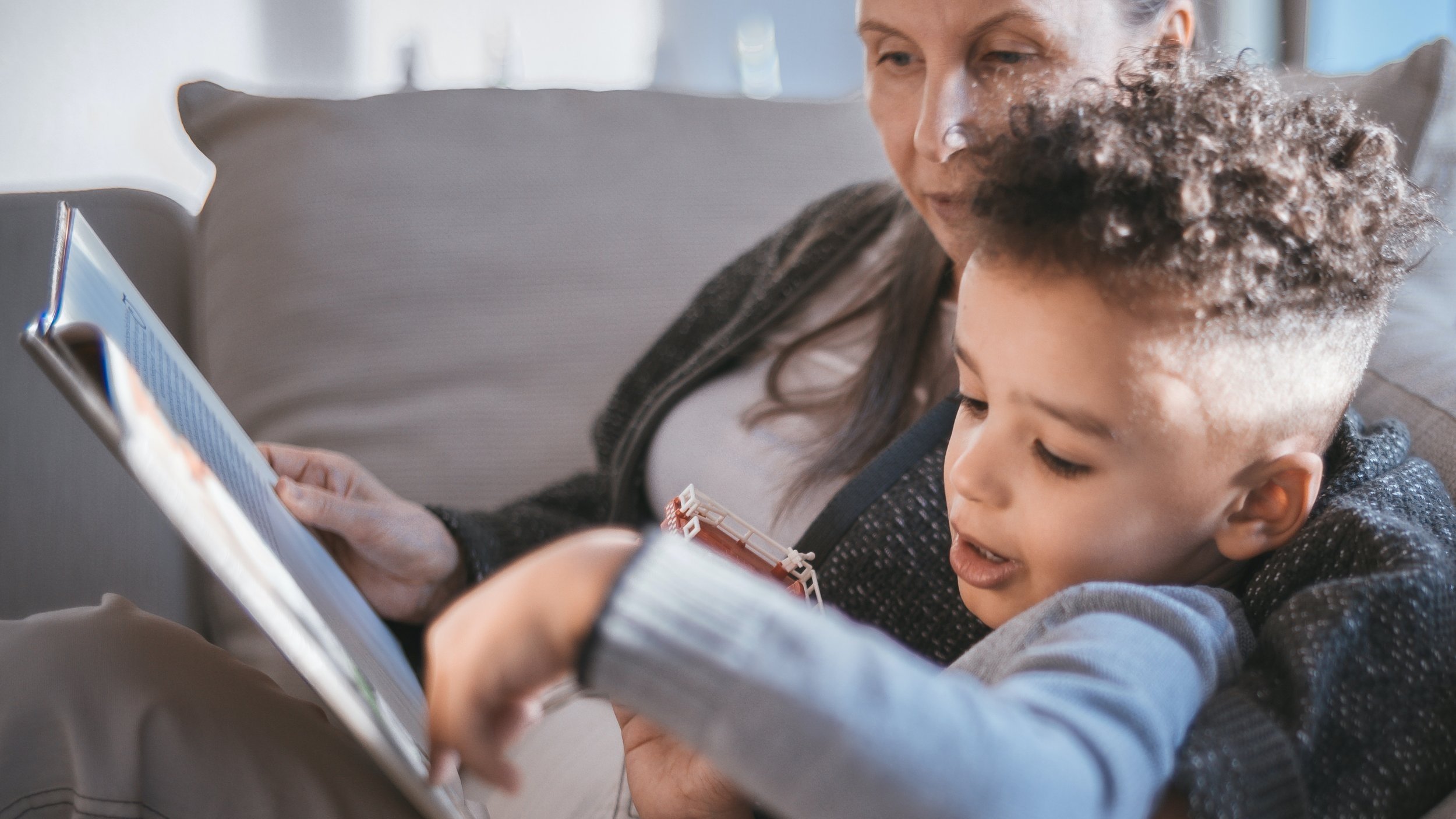

Children can learn to use Reiki to nurture themselves and others. Read full article for details plus read what children had to say after taking a Reiki class.